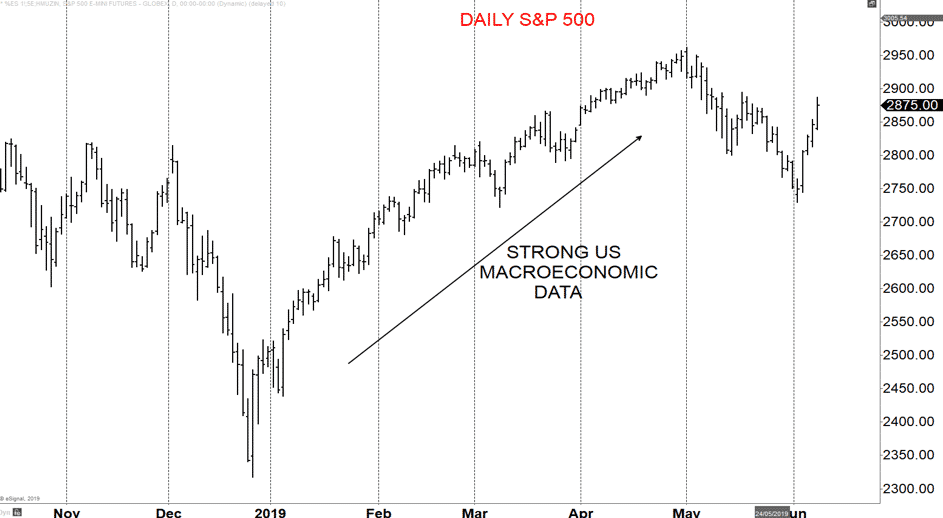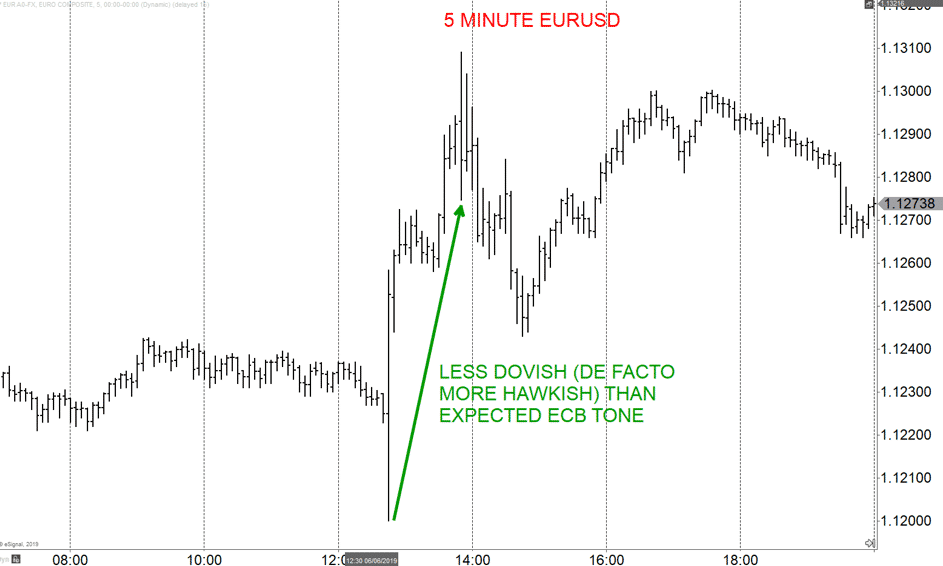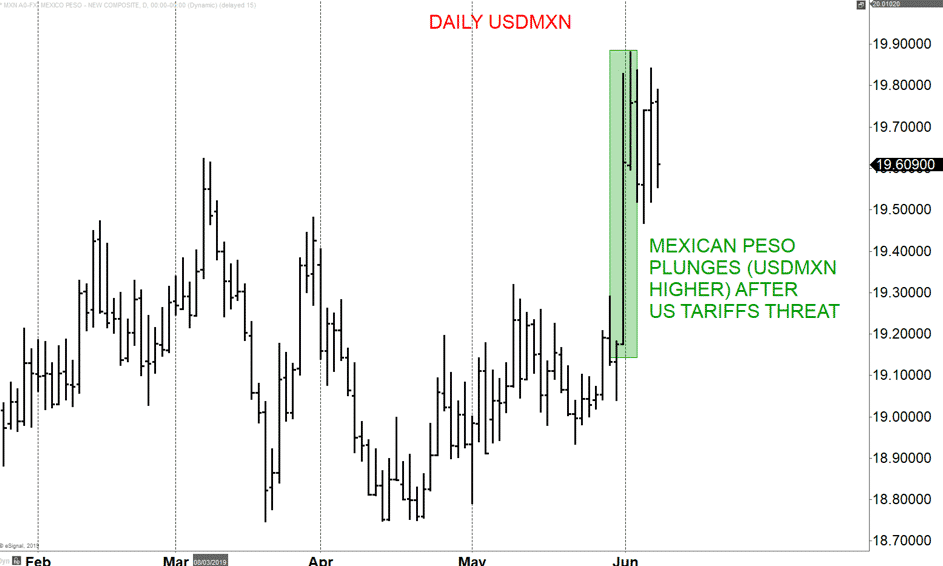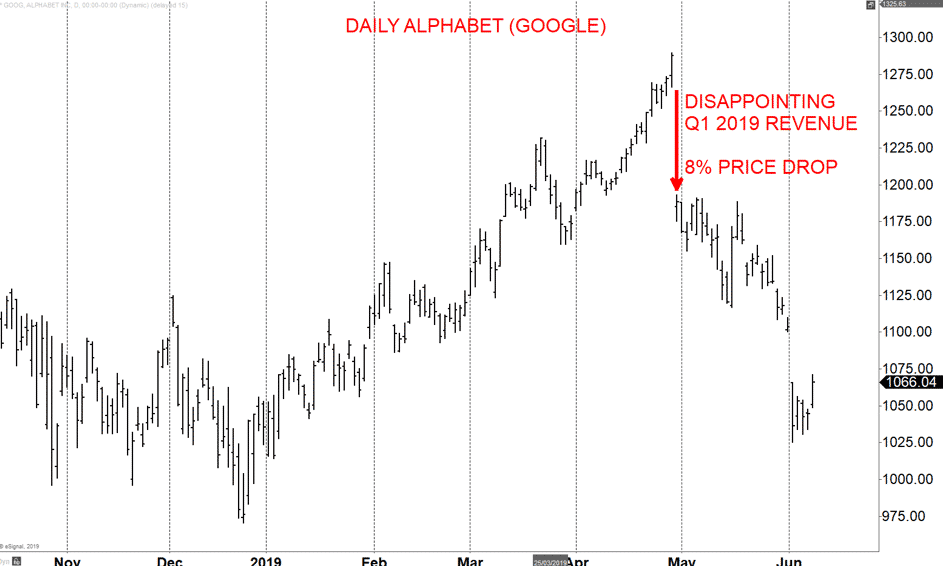In this Master Academy educational video and article, we are looking at the basics of Fundamental Analysis.
Fundamental Analysis
There are FOUR subcategories that come under the banner of Fundamental Analysis:
- Macroeconomic Data Analysis
- Central Bank Analysis
- Geopolitical Events and Geopolitical Risk Analysis
- Microeconomic Analysis and Corporate Data
Below we look at these in more detail with examples.
1. Macroeconomic Analysis Data
The economic data for an economy impacts on financial markets assets.
The macroeconomic data implies the possible future for the economy and therefore how financial markets assets related with that economy will change in price going forward.
There are various tiers of data, usually designated as Tiers One, Two and Three.
Tier One data would include; Gross Domestic Product (GDP), Employment and Inflation (Consumer Price Index, CPI)
Tier Two data would include; Purchasing Managers Index (PMI), Industrial Production and Retails Sales
Tier Two data would include; Housing Data, Trade Data and some other Sentiment Surveys
Here we see the S&P 500 equity index rally for the first four months of 2019 in reaction to improving US macroeconomic data.

2. Central Bank Analysis
Each major economy or economic region has a Central Bank.
| CENTRAL BANK | COUNTRY | ABBREVIATION |
| Federal Reserve of United States | USA | FED |
| European Central Bank | EUROPE | ECB |
| Bank of England | UNITED KINGDOM | BOE |
| Bank of Japan | JAPAN | BOJ |
| Reserve Bank of Australia | AUSTRALIA | RBA |
| Reserve Bank of New Zealand | NEW ZEALAND | RBNZ |
| People’s Bank of China | CHINA | PBoC |
Central Banks can have a substantial impact on financial markets. Traders, investors and analysts aim to forecast changes in Central Bank assessments on the future path of interest rates.
The traders, investors and analysts need to monitor Interest Rate Decisions, changes to Quantitative Easing Meeting Statements and Minutes, plus Central Back Speeches, if they are Hawkish or Dovish.
Central Banks – Hawkish/Dovish
Hawkish
- More concerned on inflationary forces
- Favouring higher interest rates
Dovish
- Less concerned on inflationary forces
- More concerned with Growth and Employment
ECB Example
- The ECB were less dovish than market participants were expecting.
- This de facto is more hawkish.
- It produced a significant leap higher in the Euro versus the US Dollar FX rate (EURUSD currency pair.)

3. Geopolitical Events and Geopolitical Risk Analysis
Geopolitical events include the likes of wars, trade wars, weather, terrorism and are very difficult to predict and analyse. Nevertheless, financial markets analyst DO try to have an understanding of these geopolitical impacts and make predictions.
Trade War Example
After the announcement of possible tariffs on Mexico by the US in early June 2019, we see the considerably negative impact on the Mexican Peso, which saw USDMXN higher.

4. Microeconomic Analysis and Corporate Data
Microeconomic Analysis involves looking at corporate data and financial statements to make forecasts
This would include:
- Earnings Reports
- Net income
- Revenue
- Profit Margin
- Debt-to-Equity Ratio
- Price-to-Earnings Ratio
- Mergers and Takeovers
Revenue Example
In late April 2019 Alphabet (parent company for Google) declared worse than expected Q1 2019 revenue
This produced a stock price plunge of 8% in one day, then still lower through May as analyst amended forecasts lower too.
